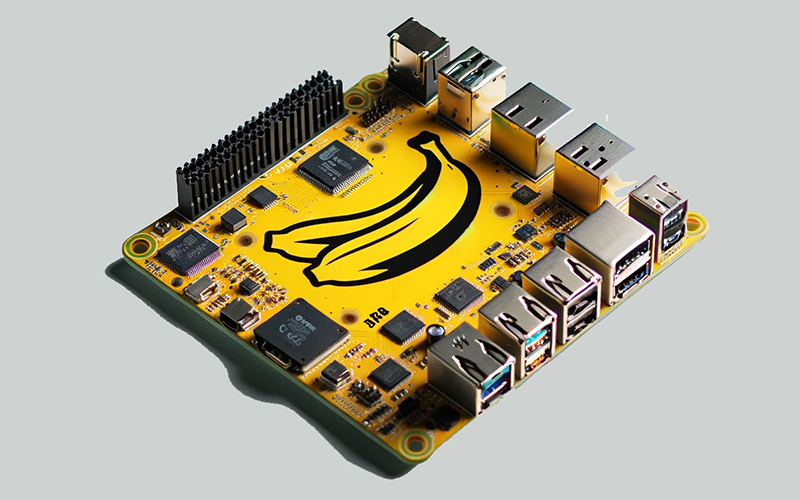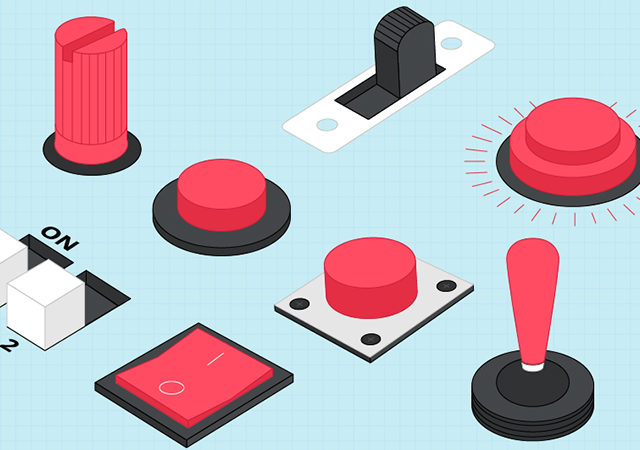In the landscape of single-board computers (SBCs), the Banana Pi emerges as a noteworthy contender.
The Banana Pi is an affordable, high-performance SBC with a design similar to that of the Raspberry Pi. It is a versatile platform that supports various operating systems, including Linux distributions and Android. It is developed by the Banana Pi team, which underscores the collaborative ethos of the open-source community.
One of the primary features of the Banana Pi is its ARM Cortex-A7 dual-core processor, which provides a balance between power efficiency and computational capability. The inclusion of a Mali400MP2 GPU endows the board with the ability to handle graphic-intensive tasks, making it suitable for multimedia applications.
Networking capabilities are integral to any SBC, and the Banana Pi is equipped with Gigabit Ethernet, which facilitates rapid data transfer rates. Additionally, it has a built-in Wi-Fi module, ensuring connectivity in a variety of environments. This feature set positions the Banana Pi as a robust platform for developing networked devices and for students to experiment with IoT (Internet of Things) projects.
Memory is a critical component of SBCs, and the Banana Pi comes with 1GB of DDR3 RAM. This allows students to run multiple applications simultaneously without significant performance degradation. The board also features a SATA port, which is relatively uncommon in SBCs. This port allows for the connection of an external hard disk drive, providing a substantial boost to storage capabilities.
Interfacing with peripheral devices is made possible through various I/O ports. The Banana Pi includes HDMI output, composite video output, and a number of GPIO (General Purpose Input/Output) pins. The GPIO pins, in particular, are invaluable for students looking to delve into hardware programming and embedded systems design.
For those with an interest in embedded camera systems, the Banana Pi offers a CSI (Camera Serial Interface) port, enabling the connection of a compatible camera module. This feature allows for the creation of custom surveillance systems or for integration into robotics projects.
Overall, the Banana Pi is a feature-rich SBC that serves as an excellent educational tool for engineering students. Often priced between £30 to £60, depending on the model and supplier, it provides a solid foundation for learning about computer architecture, systems programming, and digital electronics. The board’s expansive feature set and support for various operating systems make it a flexible choice for a multitude of projects. As students navigate their academic journey, the Banana Pi can play a pivotal role in facilitating practical, hands-on experience in the field of electronics and computer engineering.
You can also check out other SBC’s such as the Orange Pi and Raspberry Pi.




